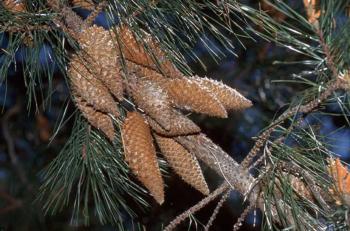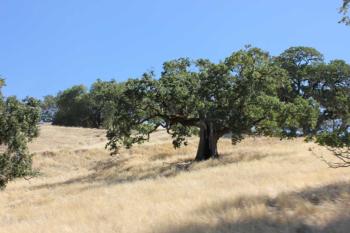About Us

In 1951, the University purchased the 4,630-acre Roy L. Pratt Ranch in Hopland, California to use as a site for long-term, controlled research on native rangelands, watersheds, and wildlife. Adjacent higher-elevation acreage was later acquired from the federal government. The Center now encompasses 5,358 acres of land with a deep history.
...
We at the Hopland Research and Extension Center, first and foremost acknowledge with honor the Shóqowa and Hopland People on whose traditional, ancestral, and unceded lands we work, educate and learn, and whose historical and spiritual relationship with these lands continues to this day and beyond.
For more information on the Indigenous and colonial history of this land please see this Land History Story Map.
...
Four principal vegetation types (grass, woodland-grass, dense woodland, and chaparral) are found here, including more than 600 plant species. Most of the acreage is rangeland of rugged topography, situated in the foothills of the Mayacamas Mountains, part of the Coast Range. Only about 25 acres of valley floor are irrigated and suitable for cropland. Riparian corridors are found throughout the Center in drainages from natural springs, and along Parson's Creek, a tributary of the nearby Russian River. Also on the Center are several natural ponds, as well as many seasonal vernal pools. The Center provides a rich, diversified opportunity for natural resources and agricultural research and extension programs, especially on topics pertinent to rangelands of the central and northern coast of California.

The Center maintains a research sheep flock of 600 to 1,000 breeding ewes that graze the majority of the Center's rangelands. Lambing generally occurs between November and February, and shearing takes place in April. Many of the Center's sheep are involved in animal science or veterinary research projects.
The Center’s property supports more than 215 species of wild birds, 50 mammals, 15 reptiles, 12 amphibians, and 10 fish. The Center's Columbian black-tailed deer (Odocoileus hemionus columbianus) are one of the most intensively studied deer populations on the West Coast. Other species that have received significant research attention include meadow voles (Microtus californicus), deer mice (Peromyscus maniculatus), and coyotes (Canis latrans). The study of the ecology and behavior of predators receives continuing emphasis because of their impact on livestock. In addition, insect and other arthropods of medical and veterinary importance have been a main focus of field studies, with particular emphasis on mosquitoes and ticks and their epidemiological roles.
In addition to supporting a diversity of ongoing research projects, HREC is often the site of field trips, workshops, tours, and hands-on learning opportunities for undergraduate and graduate students from UC campuses and elsewhere.

